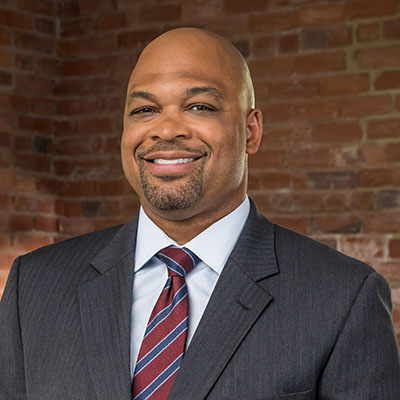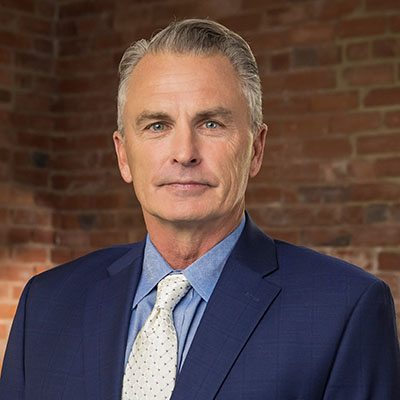The medical malpractice system is a vital part of patient protection in American health care. However, in recent years many states have pushed through harsh limits on the amount of compensation a patient injured through a doctor’s negligence can receive. These damage caps set a specific number that any jury award will automatically be reduced to, regardless of the severity of the patient’s injuries.
In Virginia, that number is currently just above $2 million.[1] It increases slightly every year to account for inflation, but the Commonwealth’s damage cap is still one of the strictest in the country. Furthermore, Virginia has taken the unusual step of applying all money gained to the cap, whereas most states differentiate between compensation for medical injuries and recovery related to pain and suffering. Two million dollars may seem like an enormous sum of money, but by their very nature the injuries caused by a negligent doctor are all too likely to dwarf this amount. A botched surgery or mishandled diagnosis could leave a patient needing medical care and support for the rest of their lives. The costs associated with such long-term or permanent injuries can quickly surpass the cap, and at that point the patient’s family is forced to begin paying for the doctor’s mistake.[2]
These limitations on the compensation due to injured patients are becoming increasingly difficult to justify. Proponents of damages caps claim that they help keep the cost of medical care down because doctors do not have to constantly worry about defending themselves from large lawsuits. Furthermore, proponents argue that uncapped areas cause doctors to move away and leave whole communities without sufficient medical care. Recent studies conducted in several states that have placed strict limits on medical malpractice lawsuits indicate that neither of these assertions is accurate. In some cases, medical malpractice payouts dropped by more than 70% without any significant decrease in the cost of health care. At the same time, areas that operate without a damages cap are no more likely to experience a shortage of medical professionals than an area with a cap.
It is slowly becoming clear that the medical malpractice system has served as a scapegoat for the high cost of medical care. [3] Caps on the medical malpractice damages hurt injured patients while failing to deliver on their promised benefits. Currently Virginia’s patients suffer from extremely strict damage caps whose only real benefit is to insurance companies. The time has come to roll back these harmful restrictions to Americans’ right to access their court system.




